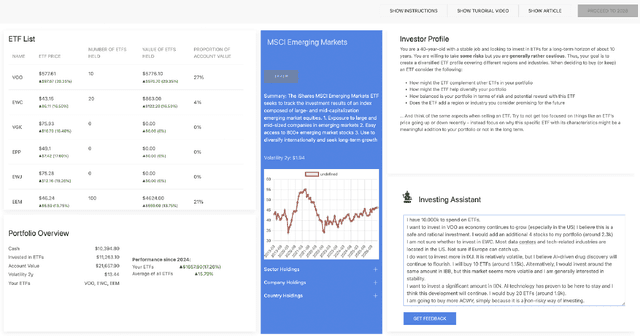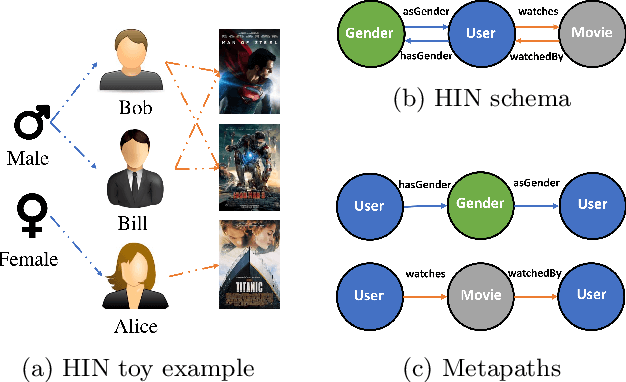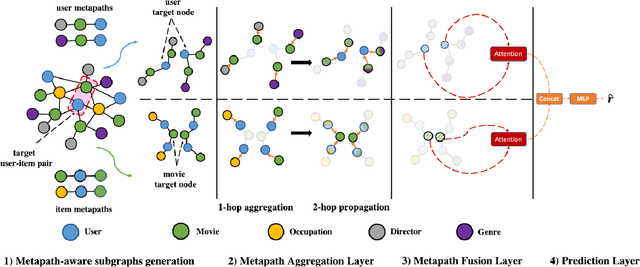Yuanting Liu
AI, Help Me Think$\unicode{x2014}$but for Myself: Assisting People in Complex Decision-Making by Providing Different Kinds of Cognitive Support
Apr 09, 2025



Abstract:How can we design AI tools that effectively support human decision-making by complementing and enhancing users' reasoning processes? Common recommendation-centric approaches face challenges such as inappropriate reliance or a lack of integration with users' decision-making processes. Here, we explore an alternative interaction model in which the AI outputs build upon users' own decision-making rationales. We compare this approach, which we call ExtendAI, with a recommendation-based AI. Participants in our mixed-methods user study interacted with both AIs as part of an investment decision-making task. We found that the AIs had different impacts, with ExtendAI integrating better into the decision-making process and people's own thinking and leading to slightly better outcomes. RecommendAI was able to provide more novel insights while requiring less cognitive effort. We discuss the implications of these and other findings along with three tensions of AI-assisted decision-making which our study revealed.
Beyond Recommendations: From Backward to Forward AI Support of Pilots' Decision-Making Process
Jun 13, 2024Abstract:AI is anticipated to enhance human decision-making in high-stakes domains like aviation, but adoption is often hindered by challenges such as inappropriate reliance and poor alignment with users' decision-making. Recent research suggests that a core underlying issue is the recommendation-centric design of many AI systems, i.e., they give end-to-end recommendations and ignore the rest of the decision-making process. Alternative support paradigms are rare, and it remains unclear how the few that do exist compare to recommendation-centric support. In this work, we aimed to empirically compare recommendation-centric support to an alternative paradigm, continuous support, in the context of diversions in aviation. We conducted a mixed-methods study with 32 professional pilots in a realistic setting. To ensure the quality of our study scenarios, we conducted a focus group with four additional pilots prior to the study. We found that continuous support can support pilots' decision-making in a forward direction, allowing them to think more beyond the limits of the system and make faster decisions when combined with recommendations, though the forward support can be disrupted. Participants' statements further suggest a shift in design goal away from providing recommendations, to supporting quick information gathering. Our results show ways to design more helpful and effective AI decision support that goes beyond end-to-end recommendations.
Metapath- and Entity-aware Graph Neural Network for Recommendation
Oct 22, 2020



Abstract:Due to the shallow structure, classic graph neural networks (GNNs) failed in modelling high-order graph structures that deliver critical insights of task relevant relations. The negligence of those insights lead to insufficient distillation of collaborative signals in recommender systems. In this paper, we propose PEAGNN, a unified GNN framework tailored for recommendation tasks, which is capable of exploiting the rich semantics in metapaths. PEAGNN trains multilayer GNNs to perform metapath-aware information aggregation on collaborative subgraphs, $h$-hop subgraphs around the target user-item pairs. After the attentive fusion of aggregated information from different metapaths, a graph-level representation is then extracted for matching score prediction. To leverage the local structure of collaborative subgraphs, we present entity-awareness that regularizes node embedding with the presence of features in a contrastive manner. Moreover, PEAGNN is compatible with the mainstream GNN structures such as GCN, GAT and GraphSage. The empirical analysis on three public datasets demonstrate that our model outperforms or is at least on par with other competitive baselines. Further analysis indicates that trained PEAGNN automatically derives meaningful metapath combinations from the given metapaths.
 Add to Chrome
Add to Chrome Add to Firefox
Add to Firefox Add to Edge
Add to Edge